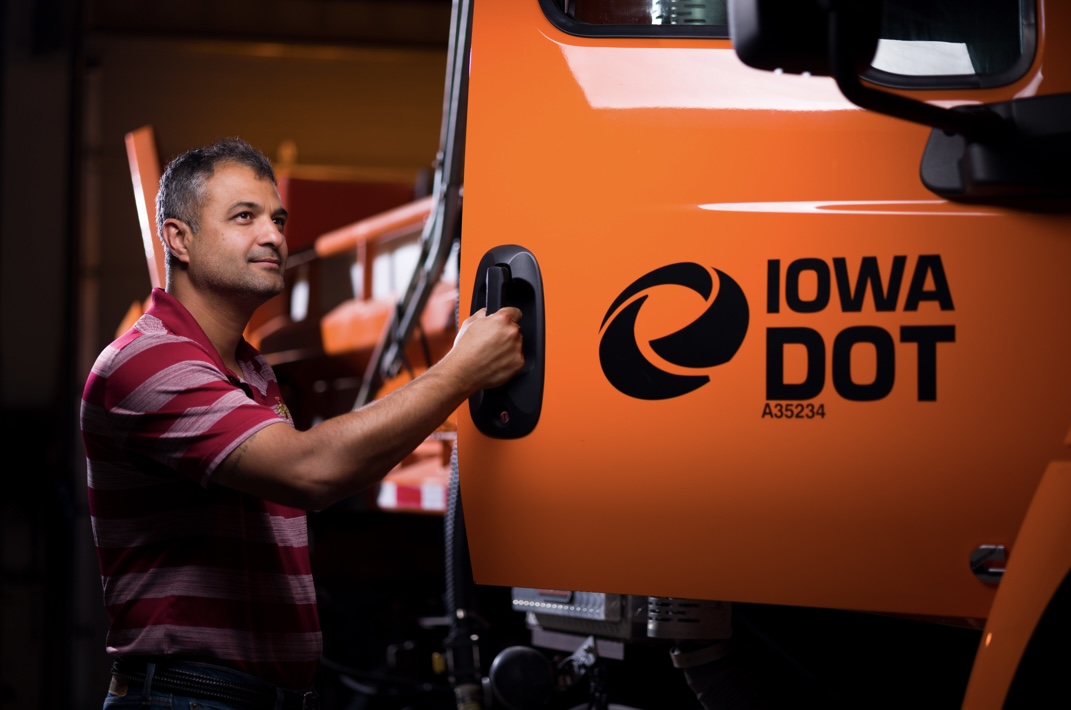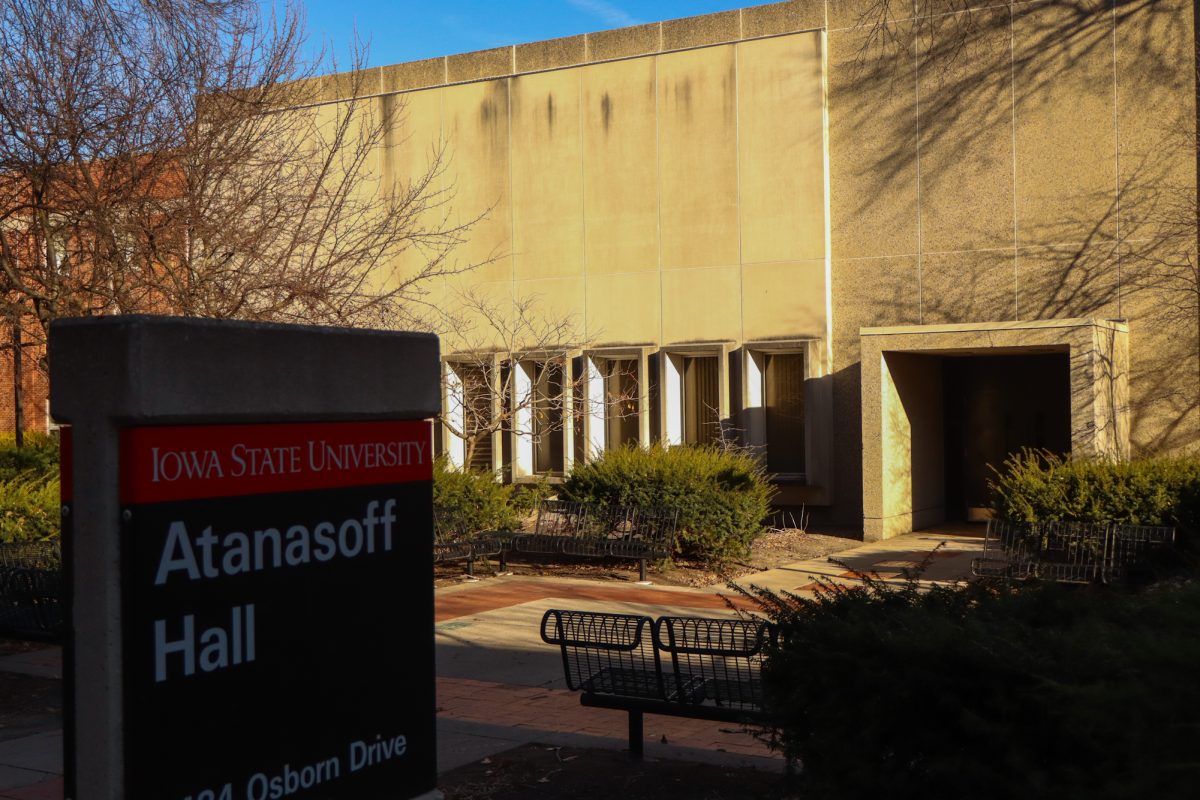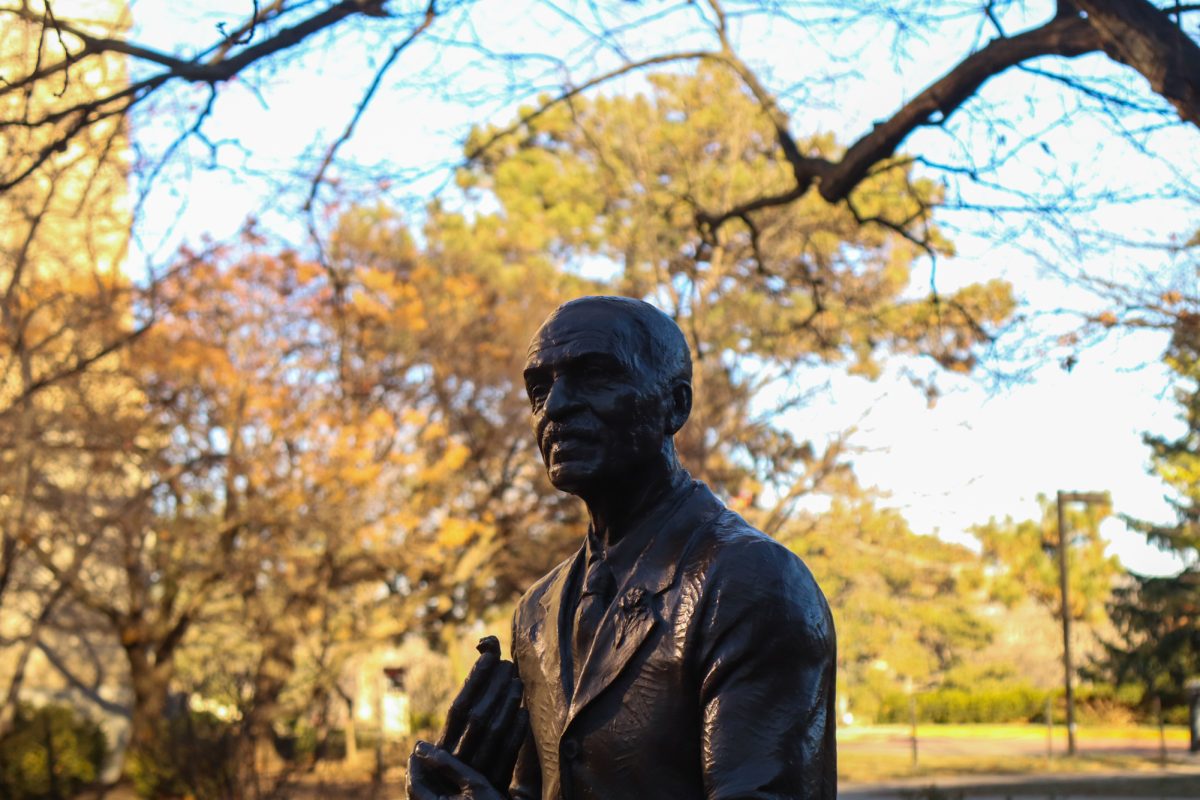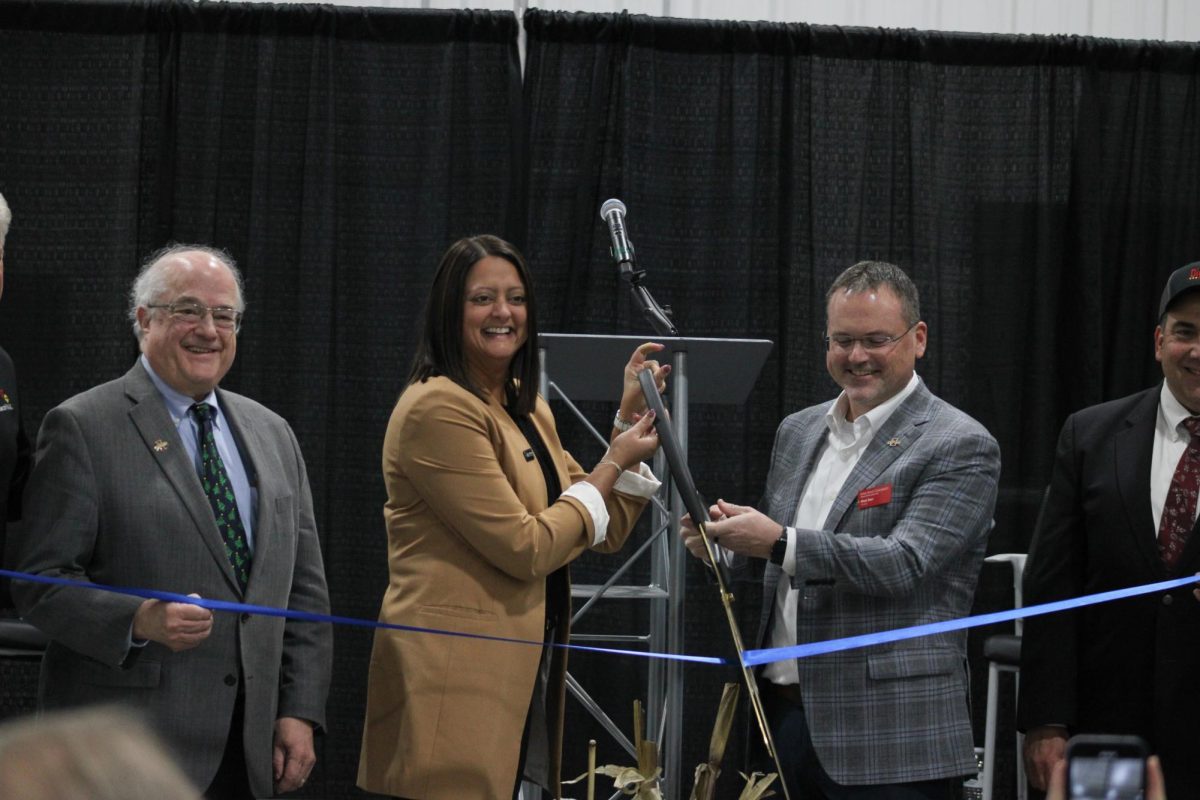The COVID-19 pandemic had an impact on every single Iowa student, the educational system and Iowa’s public universities.
Data indicates that online and off-campus opportunities are growing, and tens of thousands of students in Iowa, including at Iowa State, are taking advantage of the flexibility and quality learning opportunities.
“I choose the hybrid format for my classes because I like to give students a day to meet with me if needed, catch up on readings or lecture notes, and study for quizzes before assignments are due on Sunday night,” Kelly Odenweller, an interpersonal communication professor, said.
Odenweller said students who work full or part-time jobs may not be able to use Saturday or Sunday to complete assignments.
“Having Friday available for that can be helpful,” Odenweller said. “Even if students don’t have a formal job, I find that many of them are involved in student organizations and other extracurricular activities, so I try to accommodate their busy schedules.”
According to the 2022-2023 Distance Education Report, “2022-23 continued a re-balancing of online course activity following the pandemic, as the universities experienced a strong desire for in-person classes with the flexibility of online course options from undergraduate students and a growing appetite for post-bachelor’s level programs offered fully online.”
“Distance learning is absolutely one of the essential tools of learning for today’s students. We can no longer assume every single student is going to have the ability to participate in-person, residential learning,” James McNab, assistant teaching professor in journalism and mass communication, said. “It has to be a situation where we adapt to meet the students where they are, which ultimately increases the opportunity for students that would never have the chance to learn from Iowa State.”
During the 2022-2023 school year, Iowa State’s total course enrollments were 59,199 students, while the number of students in only online courses was 10,527, and the remaining 47,672 course enrollments were in online classes and on-campus courses (in-person).
“What we really observed is a lot more students and faculty are more comfortable now with online [courses] as a result of having to do it during the pandemic,” Rachel Boon, the Board of Regents chief of academic officer, said. “So there is just more comfort going that way it appears, and having the availability and the flexibility of that has turned out to be so important in a student success standpoint.”
The University of Iowa had 23,011 students enrolled in only online classes and 36,007 in online courses and on-campus classes, for a total of 59,018 total course enrollments in the 2022-2023 school year.
Lastly, the University of Northern Iowa had a total of 41,390 students enrolled, with 6,981 students in only online courses and the remaining 34,409 students were enrolled in on-campus and online classes last school year.
Between the 2021-2022 school year and the 2022-2023 year, Iowa State’s total course enrollment decreased by a little over 500 students, but enrollments in online courses and in-person courses increased by around 1,000 students.
“It is a case-by-case scenario and should be determined based on the needs of the class, the course and the content,” McNab said.
McNab said not all courses, such as his course JL MC 307, digital video production, would work online due to the classes' skill-based nature.
All three universities have continued to add courses that can be taken as an online course.
“There are students, of course, who love it [online courses only], not only for the flexibility but to be able to fit in jobs and internships. There are others who are saying ‘I hated doing online, and I don’t want to do that anymore,’” Boon said. “I think students are a little more eyes wide open when making those choices whether to do online courses or not. Students now have a little more self awareness on where they are able to be the most successful and which benefits of online learning are worth it to them.”
According to the 2022-2023 Distance Education Report, since 2018, the three regent universities have gone from 189 online courses to 214.
Iowa State’s Dual Enrollment (DE) course sections changed from the prior year by 2.4% in 2018-2019 and 4.9% in 2019-2020.
“The challenge with the hybrid format is that I only have two days to teach content,” Odenweller said. “In some of my classes, I run out of time during the week and have to revise quiz questions or assignments.”
A nearly tripled increase in DE course sections occurred when Iowa State began transitioning away from on-campus courses during the 2020-2021 school year. Iowa State’s DE course section changed from the prior year by 296.8%.
During the 2018-2019 school year, Iowa State had a total of 502 undergraduate online/dual enrollment courses, 556 courses in 2019-2020 and then 2,206 courses during the 2020-2021 school year.














